‘Tis the Season to be Gardening
Experts share helpful tips for maintaining beautiful landscapes.
Chana Shapiro is an educator, writer, editor and illustrator whose work has appeared in journals, newspapers and magazines. She is a regular contributor to the AJT.
Pam Williams convinced her father to start a garden with her when she was ten years old. Her immigrant grandparents had been part of the back-to-the-land movement, which was based on living close to the farm, with as much self-reliance as possible.
They had an apple orchard, perhaps planted by Johnny Appleseed (John Chapman), and sold chicken eggs. Williams has incorporated these family values into developing her own garden and building connections with other gardeners.
As newlyweds, Pam and Jack Williams had tried to grow zucchinis in a trough on their coffee table in New York, but without bees for pollination, the plants produced flowers but no zucchinis. Since the early 1990s, the Williamses have maintained a vegetable garden at their Atlanta home. “Planting it became our children’s Mother’s Day gift to me. One year, we were even part of the Intown Garden Tour,” Williams says.
She was not always successful. Squirrels first ate the corn seed, and squash didn’t grow during wet summers. She learned about companion planting and grew marigolds alongside her tomatoes because marigolds ward off tomato-eating insects.
Williams now successfully grows vegetables for her family table, including cherry tomatoes, cucumbers, red peppers, eggplants and sweet potatoes.
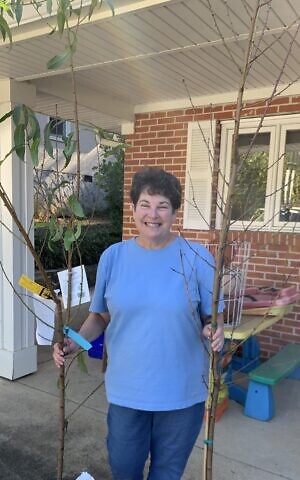
Last summer, Williams sent garden plot soil samples to the University of Georgia’s soil, plant and water laboratory. It turned out that their “soil was deficient in lime,” so Williams “added lime to the dirt prior to planting, and my vegetables grew beautifully!” Gardeners can order the inexpensive test online, mail it to the lab and receive a soil analysis.
Blimie Lindenblatt’s mother tended small front and backyard gardens in Brooklyn, N.Y. Today, Lindenblatt’s kitchen and full-sun side yard contain leafy tubs of all shapes and sizes. “Any empty container that will hold soil and water can be a pot for a new plant,” she says. Outside, dozens of plants are beginning to sprout, including mint, wild strawberries, garlic and parsley.
Several impressive avocado trees, a mango tree and a hearty spider plant flourish in Lindenblatt’s sunny kitchen. She found these plants emerging spontaneously outdoors in composted pots, but they were too fragile to remain outside. She replanted them and brought them indoors.
Lindenblatt depends on active composting and is never sure what may take root as a result of being nourished on decaying vegetable scraps, discarded seeds and falling leaves. Sun is essential. “My plants grow themselves,” Lindenblatt says.
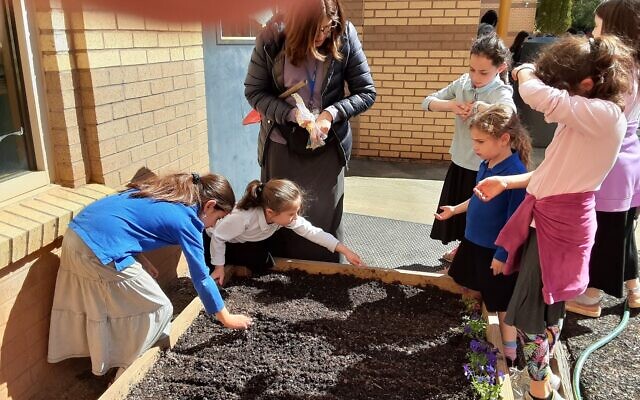
“Every spring is a series of discoveries. I go out every day and some plants are easily recognizable as they appear, and some are mysterious, unexpected. Last year I got 12 tomato plants, which I replanted when I found them growing in a pot of fruit and vegetable scraps. Tomatoes grow spontaneously, and melons plant themselves when their seeds are in compost. The avocados first appeared in a tomato pot that I was mulching with table scraps.”
Potatoes with “eyes” are put into the ground and eventually every “eye” produces another potato. Peeled garlic cloves are planted flat-side-down, and a garlic plant grows. Lindenblatt’s composting process begins with potting soil from a nursery.
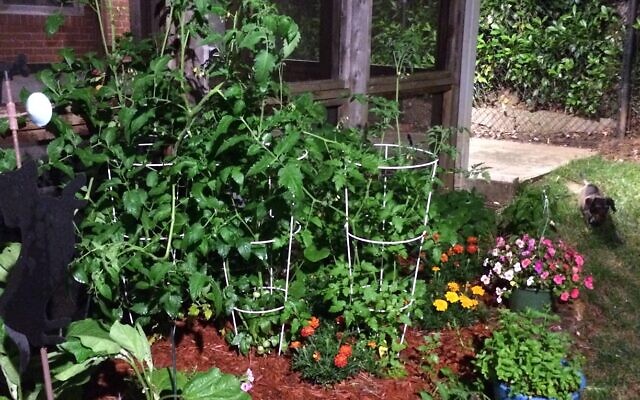
After that, she adds random peels, seeds and rotting fruits and vegetables. Her herbs and vegetables contribute to family meals, but she doesn’t devote a great deal of time and energy to tending the plots. She considers herself a practical gardener. “I grow what works,” she explains.
Rachel Goldsmith had success with her winter garden of root vegetables, including several barrels of beets and potatoes, which she nurtures in a heavy vinyl greenhouse on her patio. Another greenhouse holds large containers of aromatic citronella plants and Persian shield plants, as well as two self-watering raised planters for parsley and strawberries.
Goldsmith is a do-it-yourselfer who blogs about her projects and encourages others to try new things. Her resourcefulness is especially evident in her indoor plant “garden.” This quasi-greenhouse is in her guest bathroom, where a large, wheeled shelf unit holds lush summer and indoor plants. “It’s easy to water plants in a room that has a drain,” she explains,” and I installed a grow light above the plants and a timer switch that keeps it on four hours a day.”
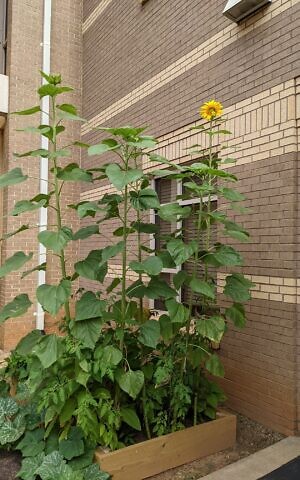
Goldsmith had a pivotal gardening experience as a counselor at Camp Coleman. She comes from a gardening family, but didn’t fully appreciate the effort it required as a child or as a camper. As a mature counselor, she saw working with dirt and plants as an ideal combination of gardening and crafts.
Now, she extends her skills by “dabbling in landscape design” and writes a home-and-garden blog. “Everyone’s home should feel like a pleasurable vacation,” Goldsmith believes, “where your soul feels comfortable.”
Last year, in spring 2021, Torah Day School of Atlanta teachers Ruth Freundlich and Naomi Cohen noticed a sunny spot just outside their classroom door, in the school’s play area. It was filled with pebbles and devoid of grass. The administration and the custodians were enthusiastic about using that space to build a large, raised gardening bed, and the girls were excited, too.
They did all the planting, weeding and watering for the garden themselves. Cohen still had seeds left over from her own 2020 COVID garden, so the class planted sunflowers, tomatoes and butternut squash. They also planted pea and green bean seeds because they grow quickly and were able to harvest a bounteous crop and eat the produce at the end of the school year.
The sunflowers, tomatoes and squash were harvested by this year’s second grade class at the beginning of the school year, a living gift from last year’s second graders. This year’s second grade class took over the gardening. They harvested last year’s sunflowers, tomatoes and squash, collected the sunflower seeds and made butternut squash soup. They recently planted peas and beans.
“There is nothing like the thrill of tilling my garden’s soil in preparation for planting, putting my soil samples into the mail to send off, planning my garden plot, choosing my vegetable plants, and planting my garden every year,” Pam Williams concludes. “I love working the land and waiting patiently for my garden to grow. I realize how fragile the Earth can be, how grateful I am for the sun that shines and the rain that comes down from the heavens.”



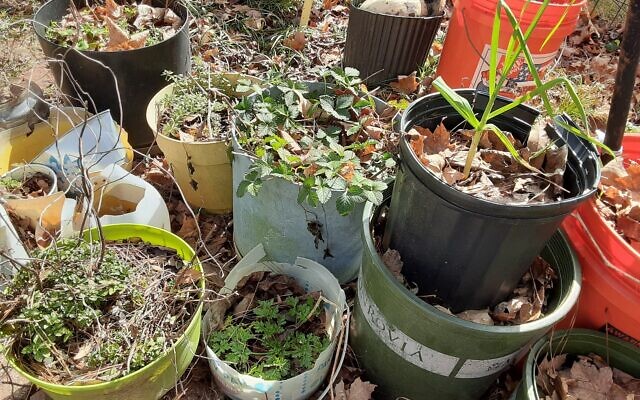
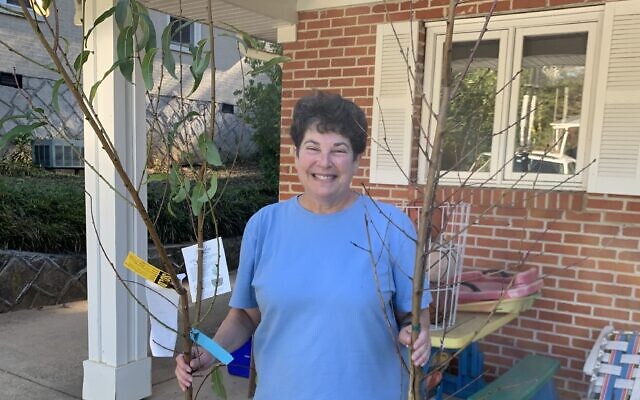
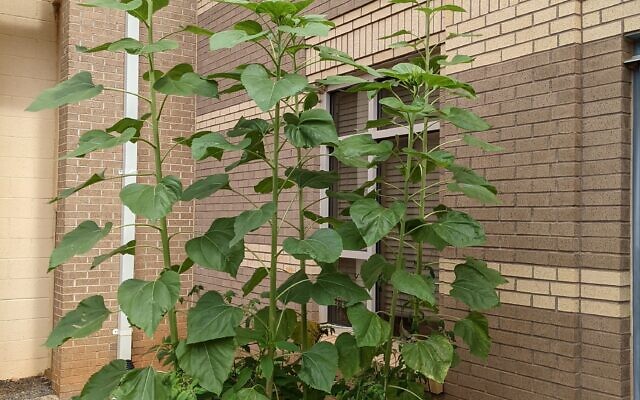
comments